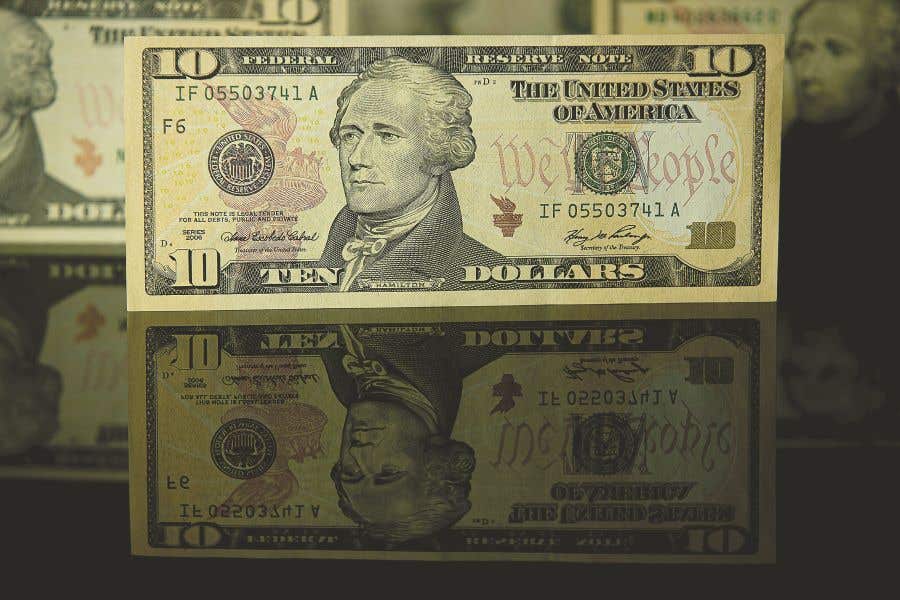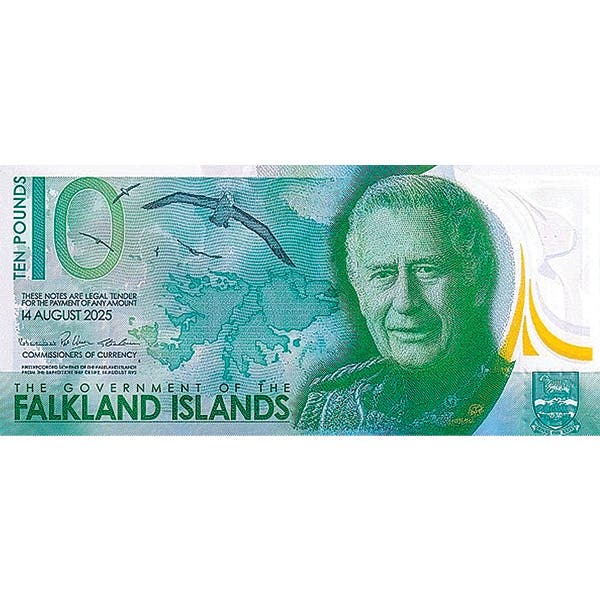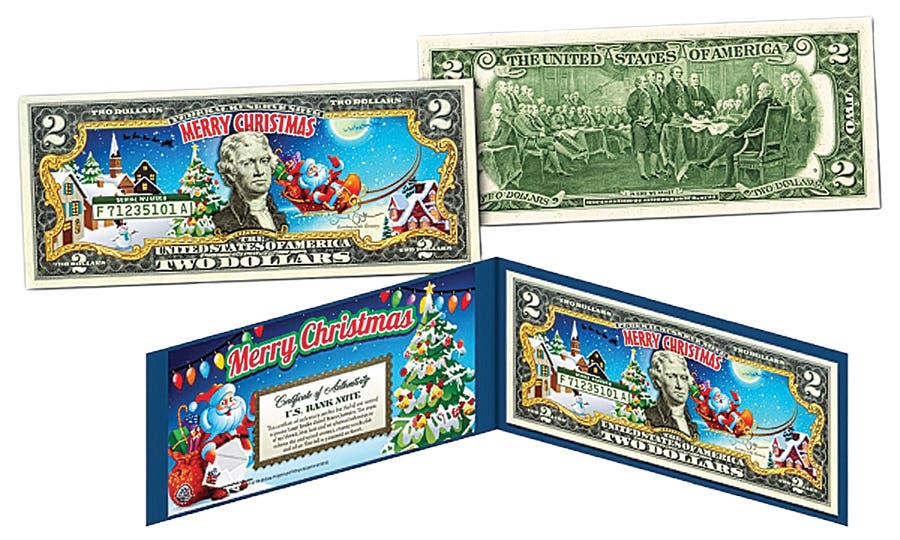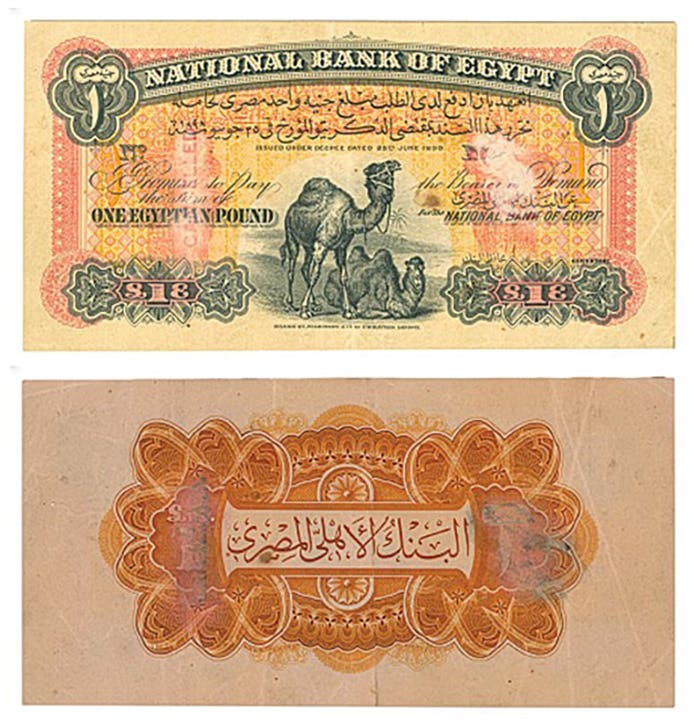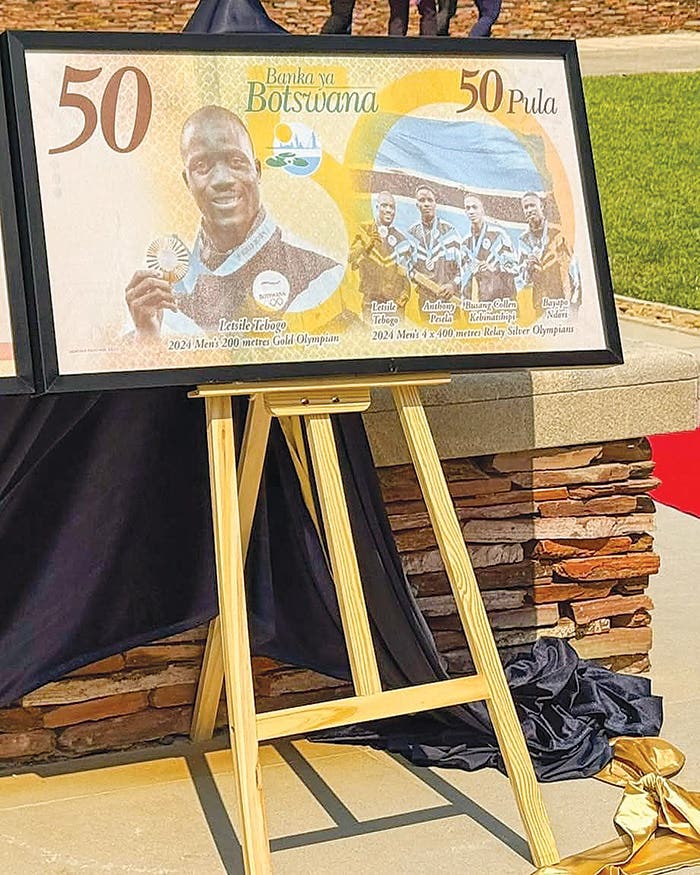Overlooked Notes Bring Bargains
The weekly Heritage auctions have been featuring a lot of Encased Postage examples lately. They are scarce and interesting numismatic pieces from the Civil War period. In August of 1862,…
The weekly Heritage auctions have been featuring a lot of Encased Postage examples lately. They are scarce and interesting numismatic pieces from the Civil War period. In August of 1862, John Gault received a patent for his encasement of postage stamps in a copper shell with a mica window so you could see the value of the postage stamps inside. All this was going on because the war scared people into hoarding their silver change, making retail commerce very difficult. Of course, along with the stamp came advertising on the reverse of the copper shell. Several businesses along the East Coast and the Midwest bought into the idea. The values ranged from one cent to ninety cents and the stamps were from the 1861 U.S. Postage series. This wasn’t the only method used as a substitute for small change. Stationer stores on the East Coast started printing tiny envelopes with values on the outside. Merchants put stamps to equal the printed price inside and gave them out as change. It is estimated that less than 500 of these envelopes survive from 200 issuers. Even more treasures for numismatics are Confederate States of America notes and the many Southern issues of local paper currency. A later factor affected how much coinage the U.S. Mint had to issue, as after the war all the hoarded silver change came flooding back into the economy, lessening the need for large mintages into the 1870s. The Civil War had a great impact on our country, and this included all the numismatic treasures we pursue today.
Speaking of today, we continue to see big increases in the value of Federal Reserve Notes of $500 and $1,000 denominations. Their counter parts in the $5 to $100 denominations seem more subdued. If you follow the smaller auctions, you might be able to find overlooked scarce notes in these denominations. Small and Large Gold notes remain strong, especially in the higher values. Small Size Red Seal U.S. notes seem weaker, especially in circulated conditions. Nationals continue to be streaky in value. If there is competition between deep pockets, collector’s prices can really soar. If you want to collect National Bank Note type, use this to your advantage and buy notes from states that are currently a bit dormant. Large Size notes are quite popular and there aren’t enough to go around, so we are seeing stronger prices for Very Good, Fine and lower numbered Very Fine notes being pursued by economy collectors. Foreign notes continue in popularity. I personally enjoy collecting Canadian notes. They, like our notes, come in Large and Small Size and they have bank notes parallel to our National Bank Notes. Explore Canadian auction houses. They take credit cards, and you will be paying in Canadian funds, and perhaps see lower net prices than in the U.S. Also notes graded by Canadian graders give you more for your money as they are tough graders. To check things out get Canadian catalogues for info. Two of my favorite Canadian notes are the $5 1912 Dominion of Canada Blue Train vignette of Passenger Ocean Limited traveling through a valley in Nova Scotia; and The Canadian Battleship HMS Bellerophon which fought in the Battle of Jutland in WWI.




